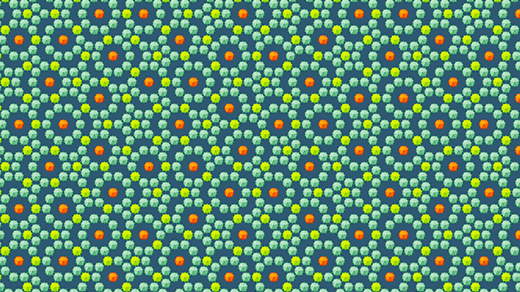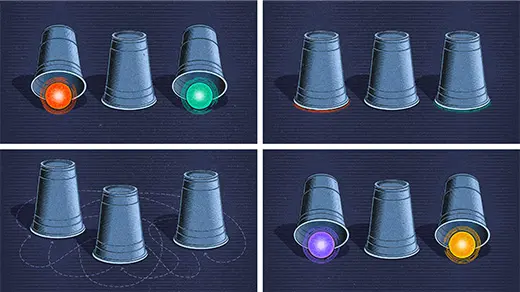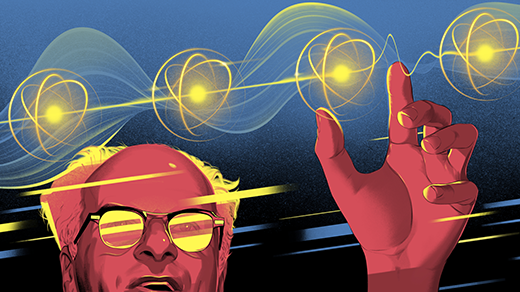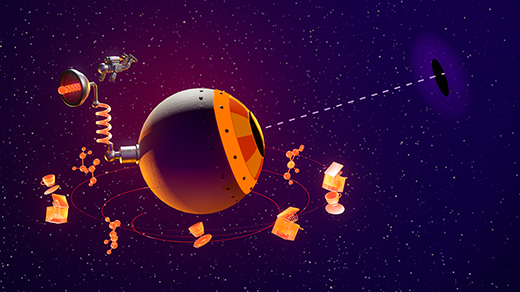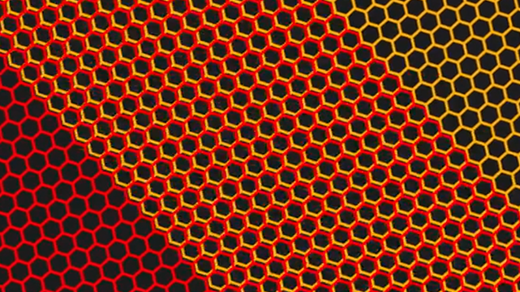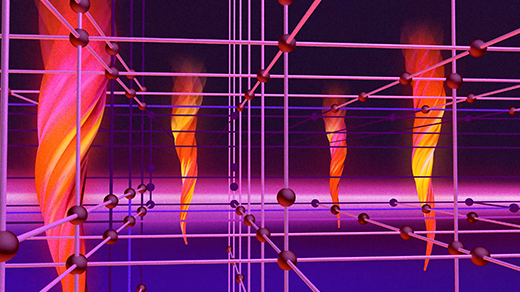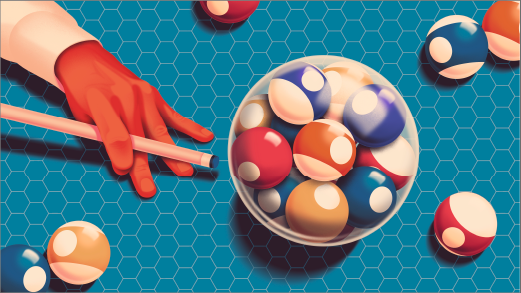What's up in
Condensed matter physics
Latest Articles
Quasicrystals Spill Secrets of Their Formation
New studies of the ‘platypus of materials’ help explain how their atoms arrange themselves into orderly, but nonrepeating, patterns.
First Map Made of a Solid’s Secret Quantum Geometry
Physicists recently mapped the hidden shape that underlies the quantum behaviors of a crystal, using a new method that’s expected to become ubiquitous.
The Strange Physics That Gave Birth to AI
Modern thinking machines owe their existence to insights from the physics of complex materials.
‘Paraparticles’ Would Be a Third Kingdom of Quantum Particle
A new proposal makes the case that paraparticles — a new category of quantum particle — could be created in exotic materials.
How Hans Bethe Stumbled Upon Perfect Quantum Theories
Quantum calculations amount to sophisticated estimates. But in 1931, Hans Bethe intuited precisely how a chain of particles would behave — an insight that had far-reaching consequences.
The Year in Physics
Physicists discovered strange supersolids, constructed new kinds of superconductors, and continued to make the case that the cosmos is far weirder than anyone suspected.
Exotic New Superconductors Delight and Confound
Three new species of superconductivity were spotted this year, illustrating the myriad ways electrons can join together to form a frictionless quantum soup.
Physicists Spot Quantum Tornadoes Twirling in a ‘Supersolid’
New observations of microscopic vortices confirm the existence of a paradoxical phase of matter that may also arise inside neutron stars.
Physicists Puzzle Over Emergence of Strange Electron Aggregates
Electrons have been seen uniting into entities with fractions of electric charge, this time without a magnetic field coaxing them into it.
